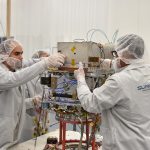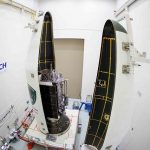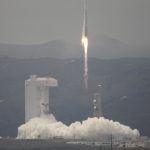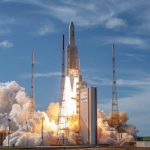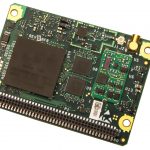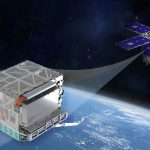Deep-Space Clock Could Blaze Trail to Improved GNSS Accuracy
The U.S. National Aeronautic and Space Administration (NASA) has activated an orbiting ultra-precise atomic clock orbiting aboard a spacecraft provided by General Atomics Electromagnetic Systems. If the clock performs as well in space as it has in the lab, losing only one second every 10 million years, the technology could enable far-reaching deep space missions—and improve the accuracy of GNSS timing and positioning.
By Inside GNSS
